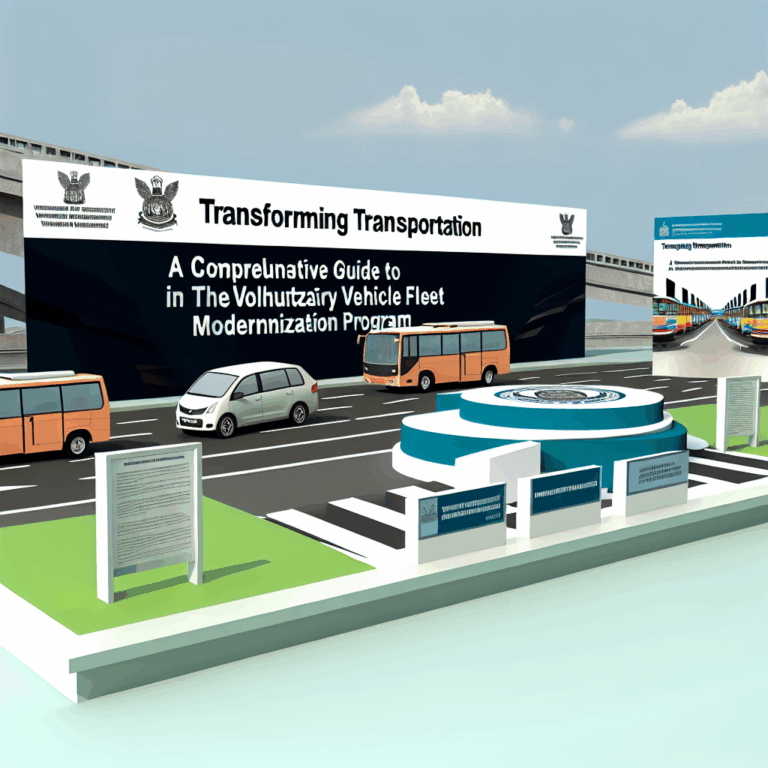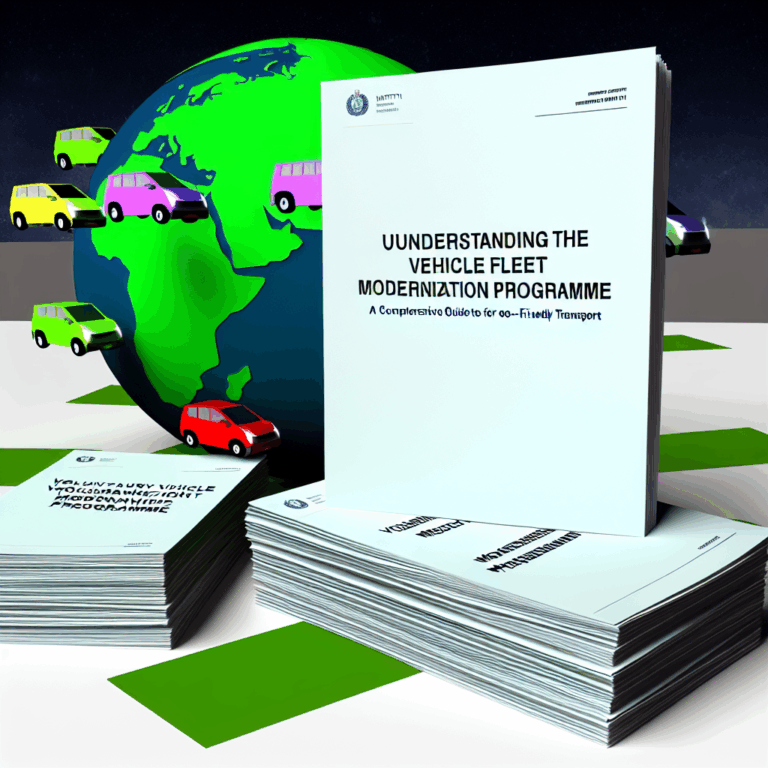Copyright @ 2023 www.digimitr.com. All rights reserved.

Understanding the SVAMITVA Scheme: Transforming Rural Development through Advanced Mapping Technology
Explore the important features of the government scheme titled “Understanding the SVAMITVA Scheme: Transforming Rural Development through Advanced Mapping Technology”. This program is managed by the relevant ministry and aims on delivering benefits to eligible beneficiaries.
Here is a comprehensive overview:
Introduction
The SVAMITVA Scheme, which stands for Survey of Villages and Mapping with Improvised Technology in Village Areas, is an innovative initiative launched by the Government of India in 2020. Its primary objective is to provide the rural population with a clear understanding of land tenure rights, thereby aiding in the development and upliftment of rural areas. By leveraging modern mapping technology and geographic information systems (GIS), the scheme aims to eliminate inconsistencies in land records, reduce disputes over land ownership, and empower villagers with accurate property documentation.
Eligibility Criteria
The SVAMITVA Scheme is targeted primarily at rural residents across the various states and union territories in India. To be eligible, the applicants must belong to a village and possess land or property that needs mapping. The program focuses on all states in India, but its implementation is largely dependent on state government participation. In addition, the initiative emphasizes inclusivity, aiming to benefit marginalized communities, including Scheduled Castes (SCs) and Scheduled Tribes (STs).
Key Features and Benefits
One of the most prominent features of the SVAMITVA Scheme is its reliance on modern technology for the survey and mapping of rural land. Drones equipped with advanced imaging sensors are utilized to conduct surveys, allowing for high-precision mapping of village lands. This not only enhances the accuracy of land records but also reduces the time required for surveys considerably.
Another critical component of the scheme is the provision of property certificates to villagers. These certificates function as legal documentation of ownership, assisting villagers in claiming their rights and facilitating access to financial services such as loans. The scheme also aims to create a robust digital repository of land records, which can simplify property transactions and promote transparency.
Furthermore, the SVAMITVA Scheme is seen as a significant step towards enhancing rural livelihoods. With a clear understanding of property rights, villagers can leverage their land to obtain credit, invest in agriculture, or even start small businesses. This is expected to stimulate local economies and encourage sustainable development.
Application Process
The application process for the SVAMITVA Scheme is streamlined to ensure that rural residents can easily participate. The initiative is typically administered at the village level, where local officials and volunteers assist villagers in completing the application forms. The applications undergo verification, ensuring that only eligible candidates receive property certificates.
Once the applications are approved, a survey is conducted using advanced technologies like satellite imagery and drones. The collected data is then processed, and digital land records are created. The entire process aims to be transparent, allowing villagers to track the status of their applications easily.
Funding and Budget
The SVAMITVA Scheme is funded by the central government, but states and local municipalities also contribute to the budget. As part of the national rural development budget, funds are allocated for technological infrastructure, training personnel, and conducting the surveys. The central government’s commitment to rural development is reflected in the financial resources dedicated to this initiative.
In addition to government funding, partnerships with private tech companies often enhance the capabilities of the program, ensuring high-quality surveys and efficient implementation.
Achievements or Impact
Since its launch, the SVAMITVA Scheme has made considerable strides in transforming rural land administration. Thousands of villages across India have benefited from accurate and updated land records. The issuance of property cards has been a game-changer for many rural families, providing them with a sense of security and ownership.
Statistically, the program has shown a reduction in land disputes and an increase in financial inclusivity, as families use property certificates to obtain loans for agricultural purposes or business ventures. Moreover, the initiative has empowered women by providing them with property rights, thus promoting gender equality.
Challenges (if any)
Despite the many advantages of the SVAMITVA Scheme, some challenges persist. One significant challenge is the digital divide in rural areas, where access to technology and the internet is limited. Some villagers may find it difficult to navigate the digital application process or may lack the necessary technological skills.
Additionally, resistance from traditional landowners and local customary practices can hinder the scheme’s effective implementation. As an emerging initiative, it will require continued efforts to address such challenges and ensure that it serves its intended purpose.
Recent Updates
As of 2023, several states have begun integrating the SVAMITVA Scheme with other rural development initiatives, focusing on policy coherence and community participation. Workshops and seminars are being organized to raise awareness about the benefits of land ownership and the importance of property rights. Furthermore, updates to technological tools, such as improved GIS applications and drone technology, have also been implemented for better accuracy and efficiency in surveys.
Moreover, collaborations with research institutions are underway to evaluate the scheme’s long-term impacts and to explore further enhancements that might be necessary for complex issues arising in rural land administration.
Conclusion
The SVAMITVA Scheme represents a groundbreaking step in redefining rural land administration in India. By harnessing advanced mapping technology, the initiative not only provides clear land ownership rights but also promotes sustainable development and economic empowerment in rural areas.
As the program evolves, it holds the potential to transform the socio-economic landscape of rural India, serving as a model for other countries grappling with similar challenges in remote land administration. Addressing existing challenges and continuing to educate the rural populace about the scheme’s benefits will be pivotal for its long-term success.
FAQ
1. What are the key benefits of the SVAMITVA Scheme?
The main benefits include the issuance of legal property certificates, increased financial inclusion through access to loans, reduced land disputes, and enhanced rural livelihoods.
2. How does one apply for the SVAMITVA Scheme?
Villagers can apply through local government offices or designated volunteers who assist in the application process. The applications are verified, and surveys are conducted based on the submitted information.
3. Are there any challenges to the implementation of the SVAMITVA Scheme?
Yes, challenges include the digital divide in rural areas, resistance from traditional landowners, and the need for continued education and awareness programs to ensure effective participation from the rural populace.
For more information, check out official government site,
Official government website or relevant source not provided.
Stay updated on related schemes and initiatives using hashtags: #Understanding #SVAMITVA #Scheme #Transforming #Rural #Development #Advanced #Mapping #Technology
Join the discussion about this scheme in the comments below!





